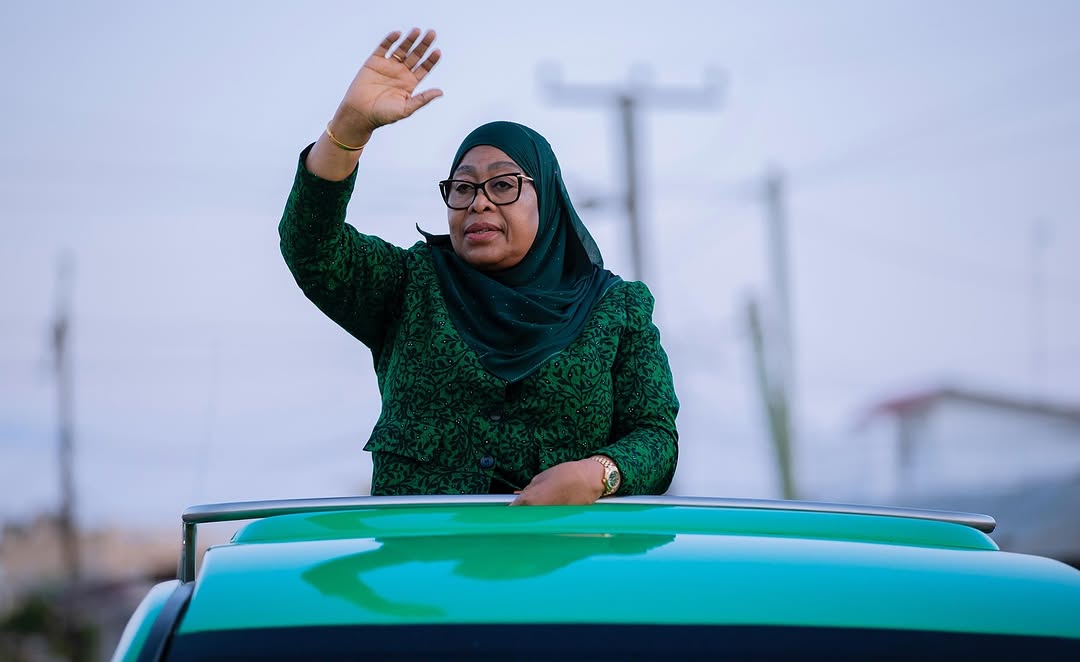Copyright minnpost

State Sen. Zaynab Mohamed arrived at Annunciation Church and quickly learned that the horror unfolding before her involved an assault weapon. “When I was running back and forth to get kids to safety, parents said they knew it was an assault weapon because of the number of bullets,” Mohamed said in an interview, describing the scene in the immediate aftermath of the Aug. 27 school shooting that killed two children and injured 21 others. The first-term lawmaker, whose south Minneapolis district includes Annunciation, is now author of legislation, backed by Minnesota Gov. Tim Walz, to ban “semi-automatic military style assault weapons” in the state. The proposal’s political prospects remain unclear, but to Mohamed and other DFLers, the case for an assault weapons ban is not. Related: At heated Senate hearing, Minnesota Republicans did not budge on guns “Foremost, it was a weapon that was used in the Annunciation shooting,” the lawmaker said. Ten states and the District of Columbia have banned assault weapons, guns that can fire many bullets in a short amount of time and are disproportionately used in mass shootings. Supporters of the policies point to the drop in mass shootings between 1994 and 2004, when the federal government banned assault weapons. When the ban was lifted, mass shooting fatalities escalated even as overall gun deaths continued to decline from a peak in the early 1990s. The evidence gets relatively murkier when it comes to state laws, but mostly because of the fact an assailant can just pick up an assault weapon from a neighboring state. Also, the rarity of mass shootings makes at least some social scientists leery of reading too much into the impact of state-by-state laws. A 2021 study from the nonprofit research organization Rand found that a “high degree of variability in mass shooting prevalence, injuries and fatalities makes analyses of the effects of state policies on mass shooting outcomes subject to extremely low statistical power.” Here is a look at the history of assault weapon bans and their impact in preventing tragedies like the one at Annunciation. What is an assault weapon? In 1989, 24-year-old Patrick Purdy used a Type 56, a semi-automatic assault rifle made in China, to kill five children and wound 29 on an elementary school playground in Stockton, California. Purdy fired 106 bullets in the span of three minutes. Within months of the shooting, California banned “assault weapons,” which the Golden State Legislature partly defined as having a “higher rate of fire and capacity for firepower.” California became not just the first state to ban assault weapons, but the first state to use the term “assault weapon” in legislation. In the decades since, gun rights advocates have objected to the coinage as needlessly negative and blurring the line between automatic and semi-automatic weapons. “The term assault weapon is controversial” is the first sentence of a 2024 Rand analysis of the data available on assault weapons bans. Even the AP Stylebook, which guides news organizations including MinnPost on proper usage, has flip-flopped on whether the term “assault weapons” is OK. The manual’s 2022 edition warned against using assault weapons because it is a “highly politicized term,” but said in 2024 that “assault weapons” is acceptable to use on first reference if the phrase is later defined. These language debates have real-life consequences. A comprehensive U.S. Justice Department report on the federal assault weapon ban’s effect found that, “The gun industry quickly developed firearms models that had most of the features associated with the lethality of the banned firearms, but, by eliminating folding stocks or bayonet mounts, for instance, these firearms were not covered by the assault weapons ban.” Generally, automatic weapons refer to a gun that can fire multiple bullets with one click of the trigger. A 1986 federal law banned the manufacturing of automatic weapons for sale to civilians, and, in 2025, it is nearly impossible to legally purchase such a gun. Semi-automatic weapons also can fire multiple bullets without the gun being reloaded. But each bullet requires a manual trigger pull. Semi-automatic weapons are usually what people mean when they say assault weapons, but the terms are not synonymous. For example, Mohamed’s bill calls for a ban on not just the aforementioned “military style assault weapons,” but also “.50 caliber or larger firearms” – that is, a firearm that shoots a bullet with a diameter of .5 inches or more – and “large capacity ammunition magazines,” meaning a cartridge that attaches to a gun and can hold 10 or more bullets at one time. The Mother Jones data on mass shootings Before digging in, let’s make plain what an assault weapons ban does not do, which is significantly decrease the overall amount of gun violence. Studies from Rand and elsewhere have been clear on this fact, and so are most elected officials pushing for a ban. When Mohamed introduced her bill at the working group, she said, “This legislation addresses a narrow but deadly category of firearms that have repeatedly been used in mass shootings.” Mohamed is correct. Of the 158 mass shootings between 1982 and today, nearly every attack included a semiautomatic weapon, according to a database maintained by the investigative journalism magazine Mother Jones. James Densley, deputy director of the Violence Prevention Project Research Center at Hamline University, said the Mother Jones data presents the strongest evidence available that U.S. mass shootings are joined at the hip with assault weapons. Indeed, Densley says mass shooters are inclined to imitate the attention received by other mass shooters that used an assault weapon. “It is all part of the performative aspect,” he said. “There is a symbolism to the weapon with its modular frame and cinematic silhouette.” Like all gun data, the Mother Jones information has its own definitions. The Annunciation shooting is not part of the data, for example, because mass shooting is defined as at least three fatalities, not including the assailant. The Mother Jones data draws from media reports to describe the weapons used. Rosanna Smart, co-author of the 2021 Rand study on mass shootings, said some publicly available information may be downplayed like that the shooter also used other types of guns. Smart said that does not mean an assault weapons ban is ineffective. Rather, the counterfactual – that a mass shooting would not have happened but for the ability to legally purchase and carry an assault weapon – may not be true. Also, the Minnesota Gun Owners Caucus has used the Mother Jones chart to argue against an assault weapons ban. At a working group hearing, Rob Doar, vice-president of the pro-gun group, pointed out that the Mother Jones data showed California has the most overall mass shootings despite that state’s assault weapons ban. The federal assault weapons ban vs. state assault weapons bans A limitation of state assault weapons bans is that there are not a lot of barriers to buying a gun in a different state, or gun retailers increasing product in states with laxer rules. “States lines are porous,” Smart said. Each of the four states that border Minnesota puts no limits on assault weapon manufacturing or sales. Assault weapons ban proponents cede the fact that multiple mass shootings still take place in states like California that disallow such guns. But they say the solution is more statewide bans, or, better yet, a return to federal prohibition. “If more states adopted these restrictions, or the feds brought back the former ban, the benefits would be even greater,” said John Donahue III, a law professor at Stanford University and author of a 2022 Journal of American Medicine study on regulating assault weapons. Donahue’s findings affirm the Mother Jones numbers that the 1994 to 2004 federal assault weapons ban was the highwater mark in preventing mass shootings. The numbers show that there were 213 deaths from U.S. mass shootings between 1984 and 1994. In the ten years the ban was in place, there were 116 mass shooting deaths, a 45% drop. Perhaps more remarkable is the 10 years after the assault weapons ban was lifted. Related: Not breaking: Tim Walz wants an assault weapons ban. Minnesota Republicans don’t Between 2005 and 2014, there were 467 mass shooting fatalities, a 302% jump from the decade of the ban. The sharp increase came as overall gun homicides in 2014 reached their lowest point in decades. Another finding assault weapons ban supporters point to is Australia. In 1996, Australia banned semi-automatic rifles and pump action shotguns following a mass shooting in Tasmania where 35 people were killed. In the 18 years before the ban, there were 13 reported mass shootings in Australia. In the decade following 1996, there were none. What comes next? Walz indicated last week that he does not want to “waste the taxpayer’s money” with a special session in which the Legislature cannot pass an assault weapons ban. Mohamed said that she felt the working group made progress, even if it was just to get Republicans on the record by opposing an assault weapons ban. The lawmaker noted the fissure between DFLers and Republicans. But there also might be division between young and old. The 29-year-old said she is one of the few members of the Legislature who did mass shooting preparation drills while in high school. “For my generation, this is one of the most important issues,” Mohamed said.



